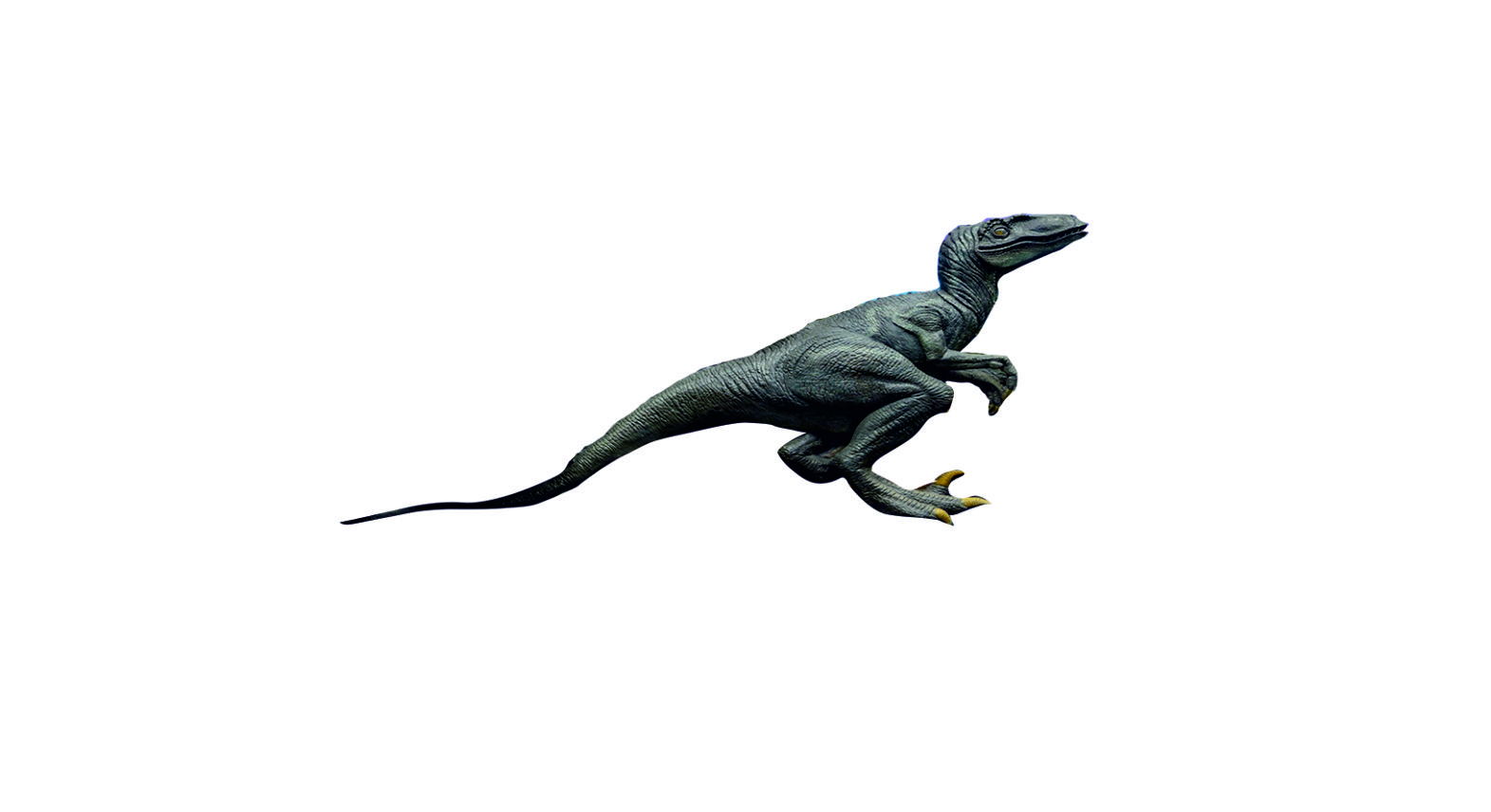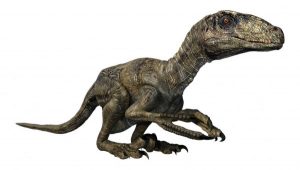
Deinonychus
- Deinonychus were long-clawed carnivorous dinosaurs that flourished in western North America during the Early Cretaceous Period (145.5 million to 99.6 million years ago).
- Paleontologist John Ostrom’s study of Deinonychusin the late 1960s lead to a dinosaur renaissance.
- Early scientists held the popular conception of dinosa
 urs being slow-moving, reptilian giants.
urs being slow-moving, reptilian giants. - Deinonychus had a small sleek body, horizontal stance withratite-like spine.
- Size
Length – 3.4 meters
Skull length – 41 centimeters
Hip height – 0.87 meters
Weight – 73 kg – 100 kg
- Their skull was equipped with powerful jaws lined with around seventy curved, blade-like teeth.
- Deinonychuspossessed large “hands” with three claws on each forelimb. The first digit was shortest and the second was longest.
- It was bipedal theropoddinosaurs, and the especially enlarged raptorial claws on the feet, suggested it to be an active, agile predator.
- These principal killing devices were large sickle like talons 13 cm long on the second toe of each foot.
- Its evidently large brain enabled it to perform relatively complex movements during the chase and kill.
- The slender, outstretched tail was enclosed in bundles of bony rods. These extensions of the tail vertebrae were ideal for helping the animal maintain balance as it ran or attacked prey.
- These dinosaurs share with birds a number of features, including unusually long arms and hands and a wrist that is able to flex sideways.
- Geological evidence suggests that Deinonychusinhabited a floodplain or swamp like habitat.
Causes for extinction
- Dinosaurs died approximately 65 million years ago, the exact cause of the extinction is still a mystery.
- Climatic change, diseases, changing plant communities, and geologic events could all have played a role.
- Many scientists, suggests that dinosaurs died out soon after a huge meteorite crashed to Earth near the Gulf of Mexico. The impact of this crash is supposed to have kicked up enough dust and debris and blocked out sunlight for a long period andleading to food chain imbalances death of the dinosaurs. But, Paleontologists have not yet able to find dinosaur skeletons in rocks dating to the period of impact. Some evidence even seems to indicate that all the dinosaurs had died before the meteorite hit.
